Digital Business Models include:
- E-commerce – selling digital or physical products over internet;
- Directory listings;
- Membership Communities;
- Digital Content providers (books, video training, entertainment);
- Value Added Hosting;
- Software as a Service (SaaS);
E-commerce
While brick and mortar chains such as Sears, Kmart and Sports Authority are dying, Amazon, Shopify and Etsy platforms are thriving by offering convenience and selection.
Amazon began as a provider of physical books. The insight that Jeff Bezos had was that an internet book retailer would be able to offer many more books than what might be housed in a traditional brick and mortar bookstore including used and out of print editions.
Today these companies are tapping into entrepreneurial energy and insight. In a recent year, over 50% of Amazon’s traffic came from over 500,000 3rd party resellers and was roughly $80 billion.
There are several e-commerce strategies:
- Create a specialized retail store;
- Offer a product on existing platform;
- Offer services;
RockAuto.com is an e-commerce retailer that specializes in offering car parts. The company was started in 1999. Dun & Bradstreet estimates that the company has 85 employees and over $34 million in gross revenue.
UpLiftDesk.com is an entrant in the $6.6 Billion dollar standing desk market and have differentiated themselves by offering customers a variety of wood variations. According to Dun & Bradstreet the company was started in 2017, employs 20 and does over $9 million in revenue. I like their business model because they are in a growth market with a differentiated product.
Z-Stand is a BrandMother client that is an entrant in the same market that is offering a unique portable standing desk. In a test market, the stand sold over 300 units in 5 days. We are looking for one or two early stage investors.
Directories
The white and yellow pages are being replaced by online counterparts. Google, Yahoo, and Bing and other search engines are essentially mega-directories that are more convenient to access and update. Yahoo began life as a traditional directory and the business model was surpassed by Google’s search algorithm and pay per click (PPC) business model. Yahoo was later redesigned to run on Microsoft Bing’s engine.
Here are some examples of niche directories:
- US news publishes a directory and ranking of top colleges and universities.
- Limos.com helps you find limo drivers in various markets.
- Mana publishes a directory of manufacturer representatives.
- Psychology today publishes a directory of therapists.
Psychology Today has an online directory that is used by mental health providers to advertise their practices. I love this business model because the directory provides solid value for both listed therapists and patients. Patients are able to find the therapist that specializes in what they need in their area. We estimate that the publisher, Sussex Directories, has 80,000 therapists paying $30 a month which means it is pulling in a cool $29 million per year not counting other directories they run.
Membership Communities
Facebook and LinkedIn are essentially membership communities that rely on paid advertising. Facebook’s revenue comes primarily from advertisers trying to reach certain demographics. LinkedIn’s revenue primarily comes from upgraded subscriptions.
Doximity.com is an example service similar to LinkedIn that is focused on physicians. The platform will enable advertisers to reach a high value marketplace. Doximity’s revenues are up and the company recently hit a valuation of nearly $14 Billion by end on 2021. This was a great idea in that the list of doctors was already publicly available via Medicare ( CMS). Doximity started with that list and built out the network.
Digital Content Providers
There are several digital content strategies:
- Digital eBooks like Amazon ebooks
- Streaming Networks like Netflix, DisneyPlus and Amazon Prime;
- Video Training like MasterClass
eBooks
Revenue in the eBooks segment is projected to reach $17 billion in 2022 and is projected to be $18.7 billion by 2026. Amazon offers an easy way to publish book via Kindle Direct Publisher. And the company’s share for the digital book market is estimated to be 67%.
Streaming Entertainment
Netflix, DisneyPlus and Amazon Prime are entertainment digital content providers. All make new content and deliver it.
- Netflix has 214 million subscribers and $25 billion annual revenue;
- Amazon prime video has 175 million subscribers;
- DisneyPlus has 130 million subscribers;
- Hulu has 45 million subscribers;
eLearning
The global eLearning market was worth an impressive $107 billion in 2015. By 2025, however, Research and Markets believe that it will reach a staggering total market value of $325 billion.
MasterClass, started by a Stanford student, is a great example of a company that provides top shelf training from people who are at the top of their game. In May 2021, the company received $225 million in a Series F round, giving it a $2.75 billion valuation.
Khan Academy, started by MIT graduate Sal Khan, is an educational nonprofit that has produced over 8000 videos and served over 70 million people. As of February 2022, the Khan Academy channel on YouTube has 7.11 million subscribers and Khan Academy videos have been viewed more than 1.94 billion times.
Kurzgesagt – In a Nutshell has 18.2 Million YouTube subscribers and 156 educational videos. Videos are typically in the 10 minute range, animated and have taken an average of 1200 hours to produce.
Religion for Breakfast is a channel created by Dr. Andrew M Henry, a PhD in religious studies from Boston University with the goal of promoting religious literacy. He dives into the origins of different religious and philosophy traditions. This channel has 432K subscribers.
Kajabi and other platforms are making it possible for specialized coaches to offer online and video training programs.
Value Added Hosting
CPS Site Solutions is a great example of a company that offers value added website hosting for CPAs and bookkeepers. Given their website claims nearly 8000 subscribers and prices range from $75 – $148 per month, I estimate this company has about $10 million in annual revenue.
AirVersant is a BrandMother company that provides franchise-like branding, directory, website hosting, and lead generation to Heating and Air conditioning contractors ( HVAC). We are just now launching this service and looking for one or two accredited seed investors. Check out our video here.
Software as a Service (SaaS)
Software as a service is a software licensing and delivery model in which software is licensed on a subscription basis and is centrally hosted. SaaS is also known as “on-demand software” and Web-based/Web-hosted software.
SaaS apps are typically accessed by users using a thin client, e.g. via a web browser. SaaS became a common delivery model for many business applications, including office software, messaging software, payroll processing software, DBMS software, management software, CAD software, development software, gamification, virtualization, accounting, collaboration, customer relationship management (CRM), management information systems (MIS), enterprise resource planning (ERP), invoicing, field service management, human resource management (HRM), talent acquisition, learning management systems, content management (CM), geographic information systems (GIS), and service desk management.
SaaS has been incorporated into the strategy of nearly all enterprise software companies.
I personally use a number of subscriptions on a monthly basis including:
- QuickBooks to do my invoicing and accounting;
- Google Workspace for word processing and spreadsheets;
- Microsoft Office for same;
- Adobe creative suite;
- iStockPhoto.com for stock photos;
With revenues exceeding $21 Billion, Salesforce.com is a great example of a SaaS platform. Statistica estimates that there are over 15,000 in the US and as many a 25,000 worldwide.
Carepacity is a BrandMother client that is based on the SaaS model and serves to optimize hospital emergency departments. The deep insight that the founders had was that a certain number of doctors were cherry picking patients and creating workload imbalances and internal resentment. This system is able to assign more balanced workloads and dramatically improve provider morale and productivity.
It is no secret that I love this business model. Systems like these are able to create a ton of value for their clients, have natural barriers to entry and can evolve quickly, But finding such an opportunity requires domain experience and deep insight. The founders of Carepacity are all emergency room physicians in large volume ERs and because they were on the inside knew firsthand the problem they experienced.


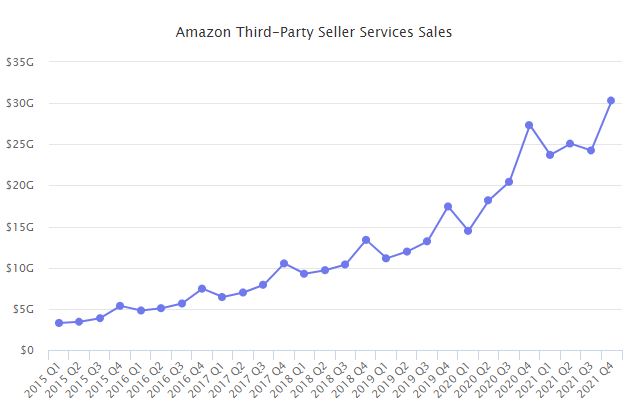
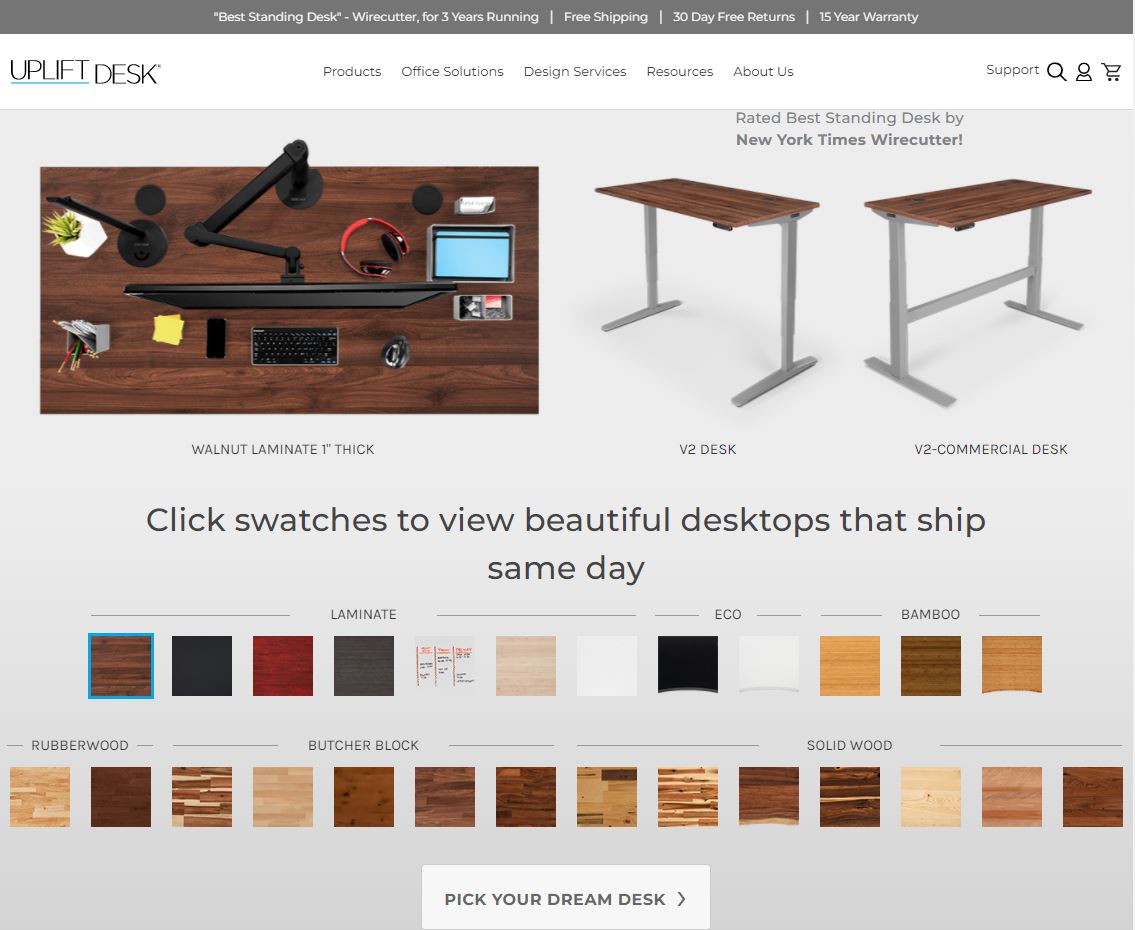


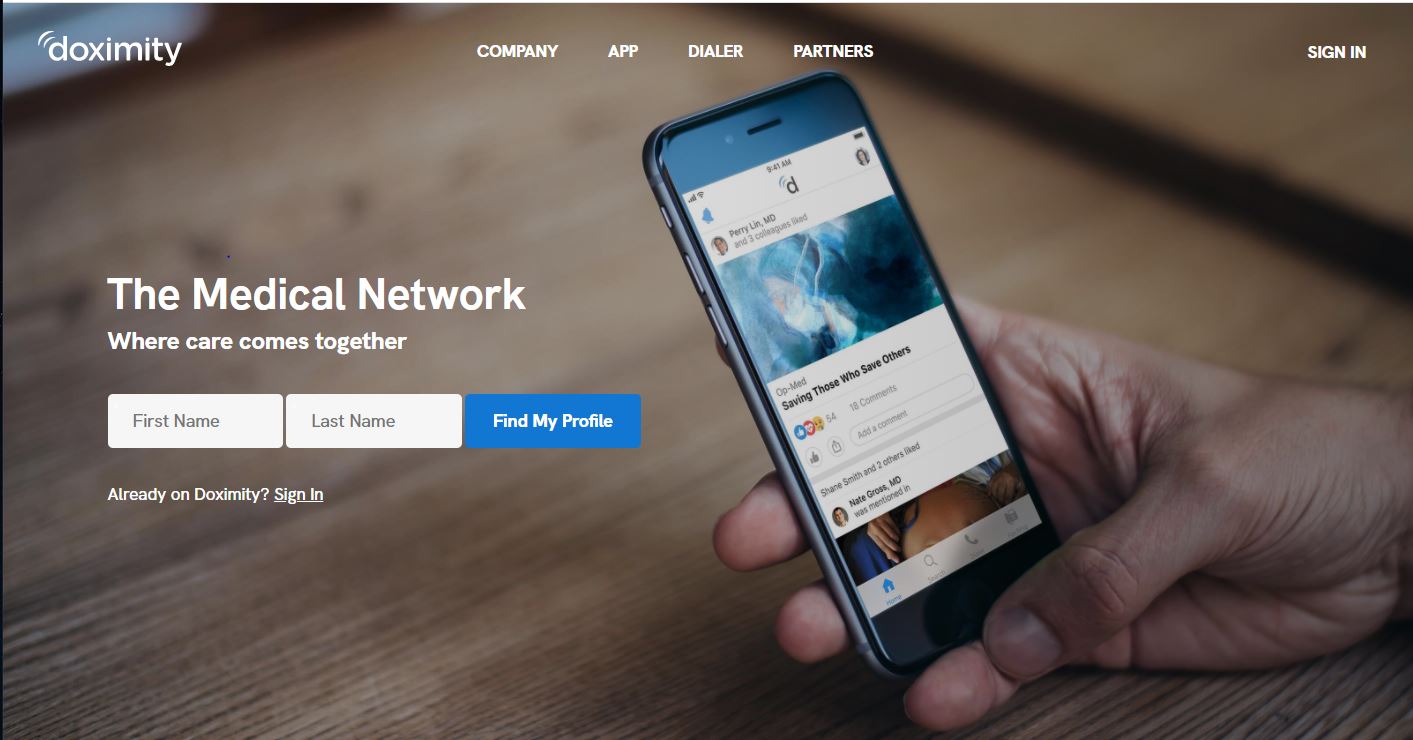
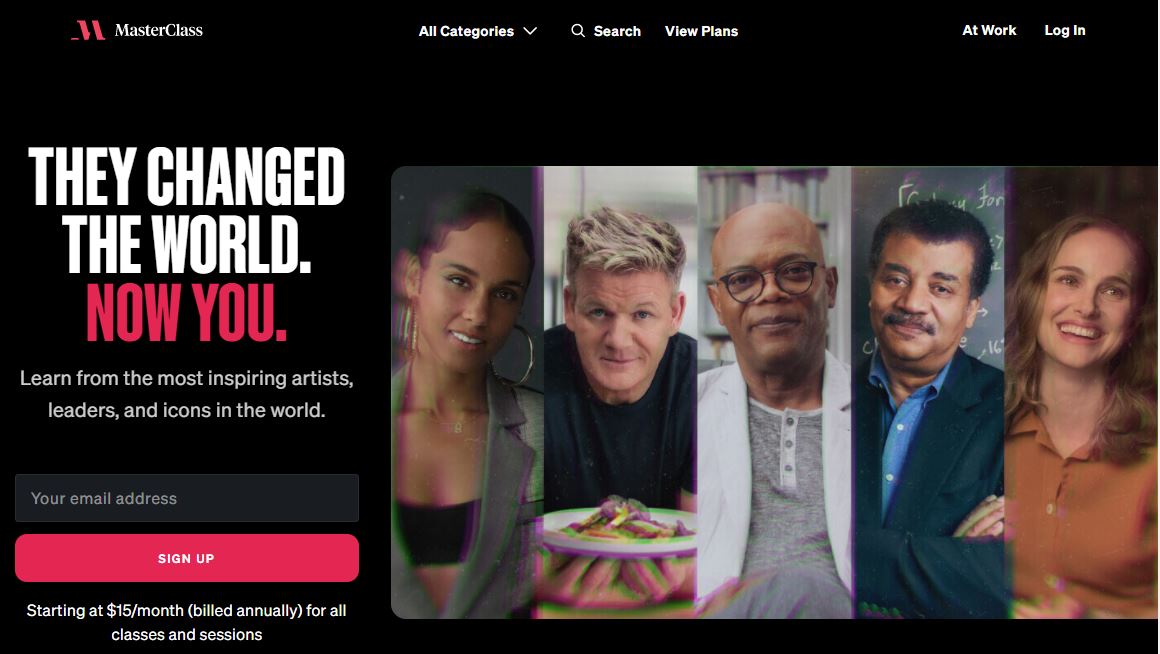
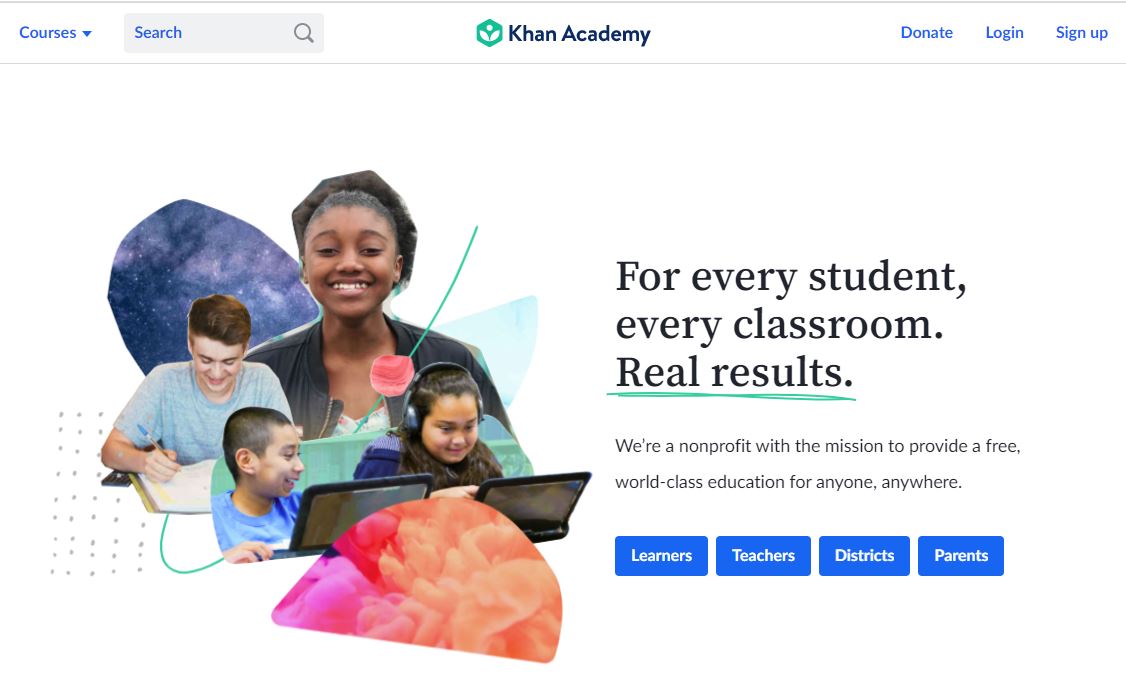







Recent Comments